Karuizawa on Culture Day (1)
Karuizawa Town opens its facilities to the public free of charge on Culture Day every year.
Currently, the following six facilities are open to the public: the Kataezome (stencil dyeing) Museum, the Museum of History and Culture, the former Konoe Fumimaro’s Villa, the Karuizawa Oiwakejuku Museum of Local History, the Hori Tatsuo Museum of Literature, and the Town Botanical Garden.
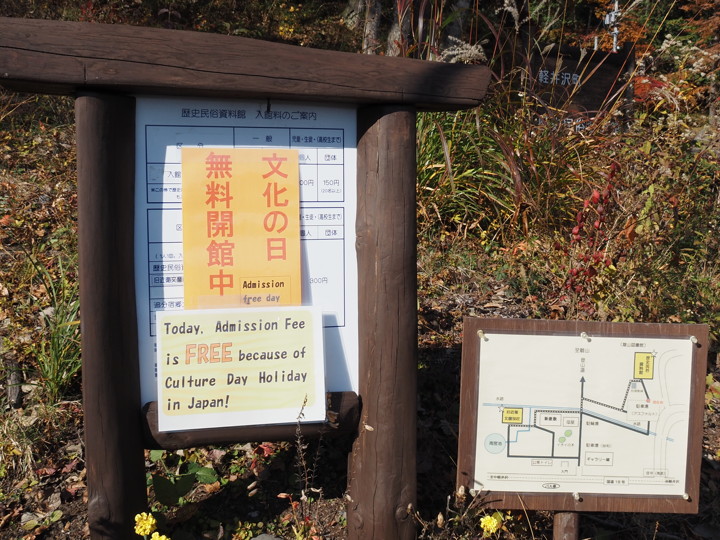
I had just visited the Museum of History and Culture and the former Fumimaro Konoe’s Villa a few days ago, but this time I decided to visit all of them since they were going to hold a stamp rally.
I heard that five museums except the Botanical Garden were participating in the stamp rally, so I decided not to visit the Botanical Garden, sorry.
The photo above is the information at the Museum of History and Culture.
I started my tour from the Museum of History and Culture. I felt that the autumn leaves were more beautiful a few days ago.
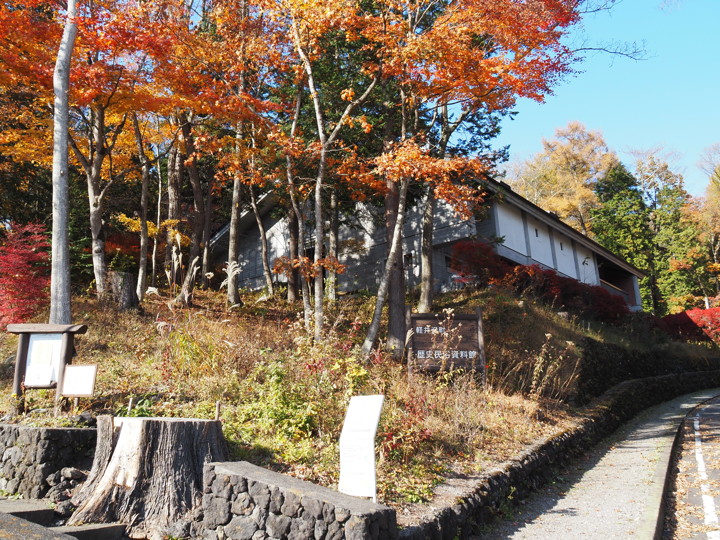
Paul Jacoulet’s exhibition was finished three days ago. The 'Karuizawa’s past and present’ was still open on that day. (It ended on November 15).
There was a monument of Suiko Sugiura’s Tanka by the museum. I am not very interested in tanka and haiku monuments, so I passed by without paying attention to it.
However, I learned that she was the wife of a graphic designer, Hisui Sugiura (1876-1965). I didn’t know that.
When I looked back at the photos later, I found an explanatory board that said so.
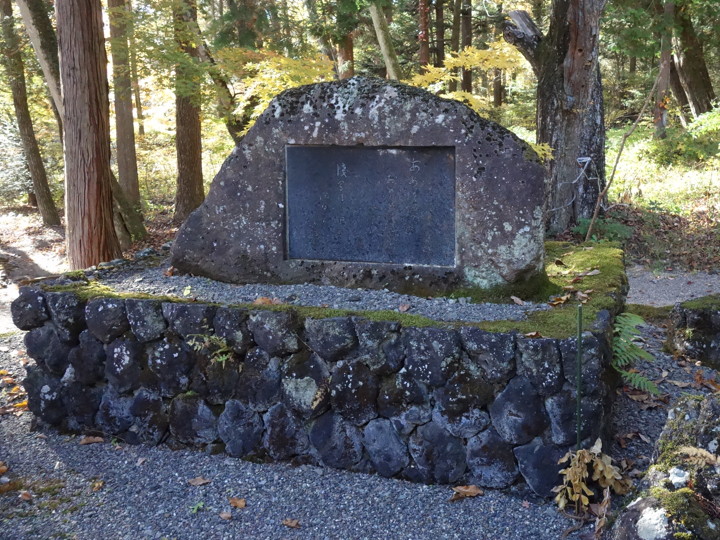
She passed away first, and Hisui erected this monument at their villa in Nakakaruizawa in 1961. The family later donated it to the town and it has been preserved here.
What caught my attention this time was this photo of the Karuizawa Sanatorium, built in 1924. It was also known as Munro Hospital. It was designed by W.M. Vories.
The building no longer exists.
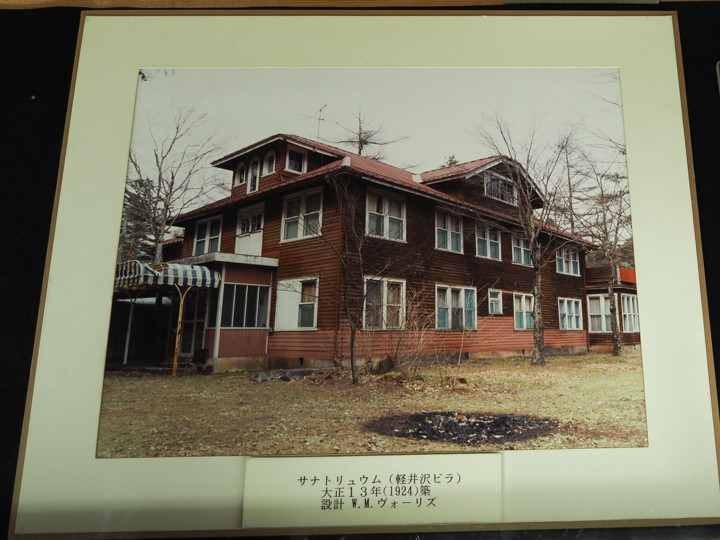
Neil Gordon Munro (1863-1942) was a Scottish-born physician and archaeologist.
He first came to Karuizawa in 1917, and apparently opened a clinic by adding an addition to a rental villa. Then moved to Karuizawa after his house in Yokohama burned down in the Great Kanto Earthquake of 1923.
In 1924 (*1), Karuizawa Summer Resident’s Association opened the Karuizawa Sanatorium based on the nursing home that they had been established two years earlier, and welcomed Munro as its director. The association ran the clinic from July to September, and Munro used it as his own clinic during the other seasons, but it seems that the clinic was constantly losing money. In 1928, the association welcomed Denzaburo Kato as director of the clinic (Munro became to the honorary director).
Munro later went to Hokkaido in 1932 to conduct Ainu research and medical activities.
This building was later used by another company as the “Kyukaruizawa Villa," a summer-only hotel, but it is said that the company ceased operation in 1980. I don’t know he date of demolition.
Now, leaving the museum, the next stop is the former Fumimaro Konoe’s Villa.
This time, I walked along a path through the woods. With passing by a sign that read, “Beware of bear encounters".
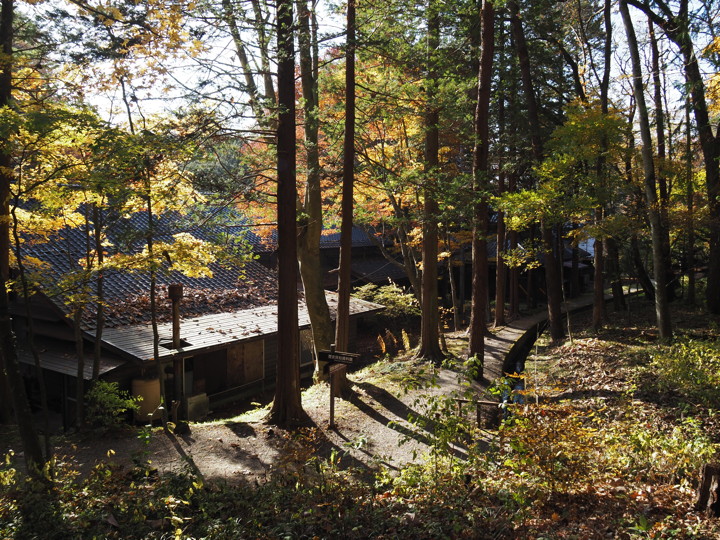
The main building of the former Amenomiya’s Residence, which I wrote about in my previous article. The side of the house looks like this. It gives me a slightly different impression from the front. I did not think so when I saw this house from the front, but after seeing the side, I wanted a bit to go inside.
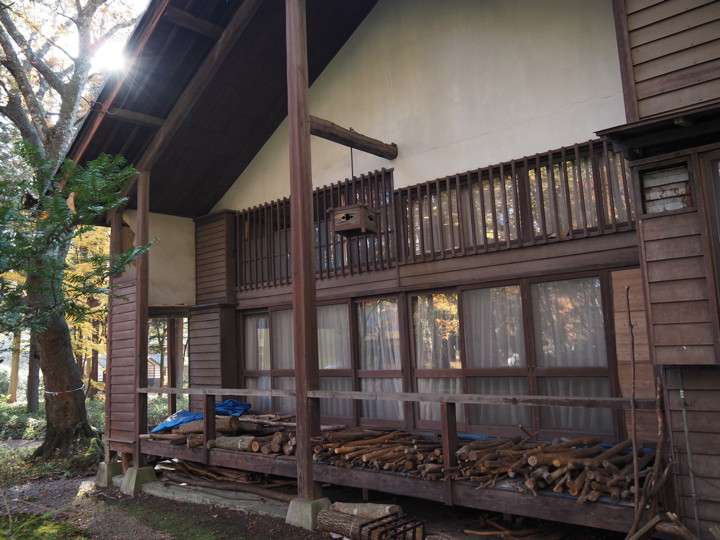
Former Fumimaro Konoe’s Villa. It has been only a few days since my last visit, but I went inside again.
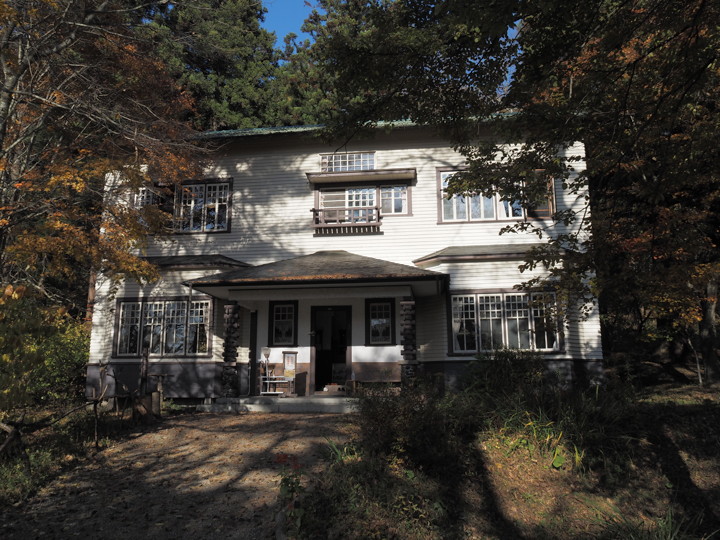
Also this day, I couldn’t take a good picture of the front because of the sunlight and the shadow of the tree. I will try again sometime.
(I wrote about this villa last time, so I won’t talk about the inside.)
Walking along the path behind the former Amenomiya’s residence, I saw the reflection of autumn leaves on the surface of the water.
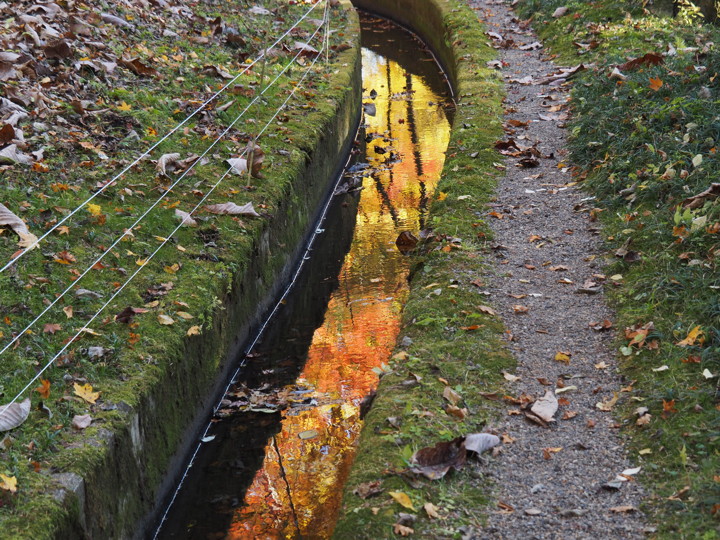
The next stop is the Kataezome Museum of stencil dyeing. This was my first visit to this museum.
If it were not for this stamp rally, I probably would not have had a chance to visit.
I entered the museum without any prior knowledge.
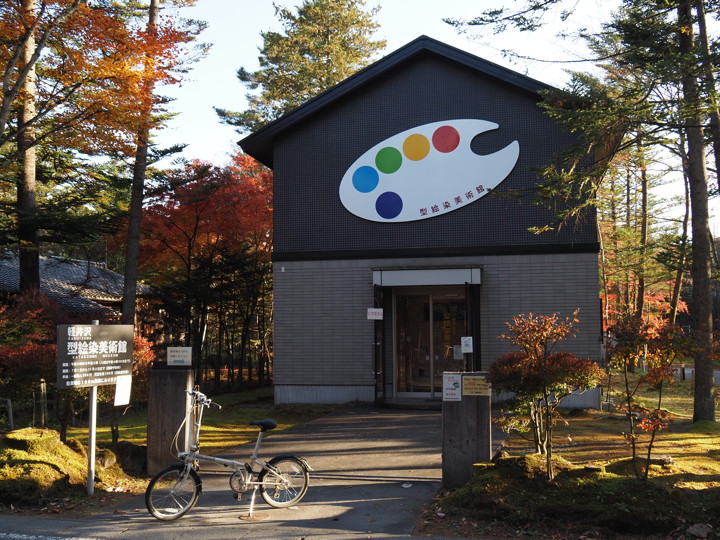
The museum was built by Kyoko Kobayashi (1918-2011), a dyeing artist. The building was donated to the town in 2000, along with her works, and opened as a museum. The museum is open from July 1 to November 5.
'Kataezome’ is a technique of dyeing pictures and patterns on cloth using stencils, and while I had imagined it to be Japanese style, it was interesting to see European churches and cityscapes as motifs.
The artist had studied under Keisuke Serizawa (1895-1984), a dyeing craftsman.
I searched the digital collection of the National Diet Library and found an interview with Kobayashi in the February issue of “Shin Fujin" magazine (Bunka Jitsugyo-sha), published in 1973.
She said that when she was 40 years old, she was diagnosed with cancer, and although the operation was successful, but her spirits remained low.
At that time, she saw an exhibition of Keisuke Serizawa’s works at a department store and was so impressed that she attended Serizawa’s class for three years.
Serizawa often told Kobayashi, “Don’t get good at it. It will become uninteresting".
This kind of event is also good because we can encounter a world we never knew existed.
It was now 3:30 in the afternoon.
I want to visit two more places, so let’s move on to the next one.
(To be continued)
(*1) As far as I have been able to check, most of the books date the founding of the institute to 1924, but 'the Karuizawa Town History’ (1988) mentions in its chronology that Munro was appointed as the hospital’s director in 1925.
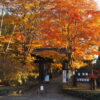
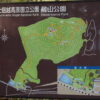
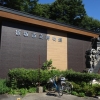
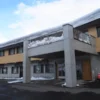
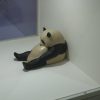
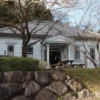
Discussion
New Comments
No comments yet. Be the first one!